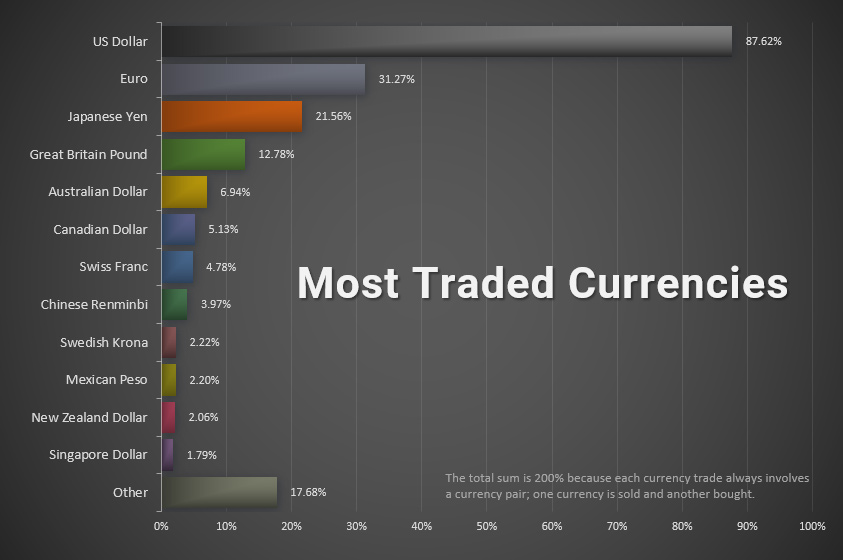
AT&T is still a good dividend pick, despite the company's large debt load. And its recent 7.7% dividend cuts aren't a sign it's in trouble. AT&T's 58% payout ratio means it's safe to cut its dividend. AT&T focuses on paying down its enormous debt load. It was piled up after it bought Time Warner Cable and DirecTV for $67billion in 2015, and $85.4billion in 2018.
AT&T
AT&T shareholders will benefit from a historic cut in dividends. Earnings per share are expected to drop from 26 cents to 27 cents, or 40%. This is an easy way for the company to monetize its dividend cut and lower the entry cost. You can now wait for trend confirmation before you execute your plan. The stock is bullish in the interim.
NGL Energy Partners
Investors can view NGL Energy Partners' website for information about whether they will cut their dividend in near future. NGL Energy Partners LP distributes dividends on an interim as well as an annual basis. The website of the company lists dividend yields and declarations. The dividend rate is 0.00%. The company's headquarters are in Tulsa Oklahoma. You can also learn more about the company's history by visiting its website.

AT&T's spin-off
After its $85 billion acquisition of Time Warner, AT&T CEO John Stankey has explained why the company is considering a spin-off of its telecommunications business. Stankey claims that despite a lower stock price, splitting the stock of the company will increase shareholder value. AT&T will concentrate on a high-end 5G service. This is extremely costly. The company will spend $20 billion this year on capital expenditures. In addition, the company plans to invest in fiber-to-the-home broadband internet services and expand its 5G wireless footprint.
AT&T's dividend cut
After the hefty dividend cut, AT&T is facing a very difficult situation. The company is in the midst of restructuring itself as a fast-moving internet and wireless player. AT&T's quarterly dividend was cut 83%, to keep the company afloat, while the company warned its fourth-quarter revenue would miss estimates. This could help AT&T reduce its debt and reposition itself in the market as a player that is "fast-growing".
AT&T's free cash flow
Investors who own AT&T Inc. stock are due to receive US$0.52 a share on November 1st. The company's safe payout ratio is less than the free cash flow payout ratio. As a result, the dividend has been halved by nearly 40%. Despite the fact that AT&T is not profitable, it is well capitalized and has plenty to reinvest. Cash flows are more reliable than traditional profit ratios in assessing a company's health. They can help you determine the right balance between profitability, cash flow and sustainability.
The ex-dividend dates
An announcement of a dividend is made by a company. It announces the amount as well as the ex-dividend dates. Companies generally have a schedule for declaring dividends. They often announce changes to the amount in earnings announcements or press releases. For foreign companies that usually pay dividends based upon a constant percentage of their profits, it may be more important to change the date or reduce the dividend.

The effect of a cut in dividends on a company’s stock prices
Investors should carefully consider the long-term strategy of a company before taking a position. If the dividend cut was made public on a conference telephone call, the stock price will fall more than nine month later. The selloff was due speculation. The overall trend could be affected if the dividend reduction was made public on an official website. The case of FULT showed that the stock price dropped on the announcement, but then continued to rise after the cut.
FAQ
What are some of the benefits of investing with a mutual-fund?
-
Low cost - buying shares directly from a company is expensive. It's cheaper to purchase shares through a mutual trust.
-
Diversification - most mutual funds contain a variety of different securities. If one type of security drops in value, others will rise.
-
Professional management - Professional managers ensure that the fund only invests in securities that are relevant to its objectives.
-
Liquidity – mutual funds provide instant access to cash. You can withdraw money whenever you like.
-
Tax efficiency - Mutual funds are tax efficient. So, your capital gains and losses are not a concern until you sell the shares.
-
There are no transaction fees - there are no commissions for selling or buying shares.
-
Easy to use - mutual funds are easy to invest in. All you need is money and a bank card.
-
Flexibility - you can change your holdings as often as possible without incurring additional fees.
-
Access to information - You can view the fund's performance and see its current status.
-
Investment advice – you can ask questions to the fund manager and get their answers.
-
Security - you know exactly what kind of security you are holding.
-
Control - The fund can be controlled in how it invests.
-
Portfolio tracking - You can track the performance over time of your portfolio.
-
You can withdraw your money easily from the fund.
There are disadvantages to investing through mutual funds
-
Limited investment opportunities - mutual funds may not offer all investment opportunities.
-
High expense ratio - Brokerage charges, administrative fees and operating expenses are some of the costs associated with owning shares in a mutual fund. These expenses can impact your return.
-
Lack of liquidity - many mutual funds do not accept deposits. They can only be bought with cash. This limit the amount of money that you can invest.
-
Poor customer service. There is no one point that customers can contact to report problems with mutual funds. Instead, you will need to deal with the administrators, brokers, salespeople and fund managers.
-
Ridiculous - If the fund is insolvent, you may lose everything.
What is security on the stock market?
Security is an asset that produces income for its owner. Most common security type is shares in companies.
One company might issue different types, such as bonds, preferred shares, and common stocks.
The earnings per share (EPS), and the dividends paid by the company determine the value of a share.
You own a part of the company when you purchase a share. This gives you a claim on future profits. You will receive money from the business if it pays dividends.
Your shares may be sold at anytime.
How does inflation affect stock markets?
Inflation has an impact on the stock market as investors have to spend less dollars each year in order to purchase goods and services. As prices rise, stocks fall. You should buy shares whenever they are cheap.
What's the difference between the stock market and the securities market?
The securities market is the whole group of companies that are listed on any exchange for trading shares. This includes stocks, bonds, options, futures contracts, and other financial instruments. Stock markets are usually divided into two categories: primary and secondary. Primary stock markets include large exchanges such as the NYSE (New York Stock Exchange) and NASDAQ (National Association of Securities Dealers Automated Quotations). Secondary stock exchanges are smaller ones where investors can trade privately. These include OTC Bulletin Board, Pink Sheets and Nasdaq SmallCap market.
Stock markets are important for their ability to allow individuals to purchase and sell shares of businesses. The value of shares is determined by their trading price. Public companies issue new shares. These newly issued shares give investors dividends. Dividends are payments made to shareholders by a corporation.
Stock markets provide buyers and sellers with a platform, as well as being a means of corporate governance. Shareholders elect boards of directors that oversee management. Boards make sure managers follow ethical business practices. If a board fails in this function, the government might step in to replace the board.
Statistics
- Ratchet down that 10% if you don't yet have a healthy emergency fund and 10% to 15% of your income funneled into a retirement savings account. (nerdwallet.com)
- The S&P 500 has grown about 10.5% per year since its establishment in the 1920s. (investopedia.com)
- For instance, an individual or entity that owns 100,000 shares of a company with one million outstanding shares would have a 10% ownership stake. (investopedia.com)
- US resident who opens a new IBKR Pro individual or joint account receives a 0.25% rate reduction on margin loans. (nerdwallet.com)
External Links
How To
How to Trade Stock Markets
Stock trading involves the purchase and sale of stocks, bonds, commodities or currencies as well as derivatives. Trading is French for traiteur, which means that someone buys and then sells. Traders sell and buy securities to make profit. It is one of the oldest forms of financial investment.
There are many different ways to invest on the stock market. There are three main types of investing: active, passive, and hybrid. Passive investors only watch their investments grow. Actively traded investors seek out winning companies and make money from them. Hybrid investors take a mix of both these approaches.
Passive investing is done through index funds that track broad indices like the S&P 500 or Dow Jones Industrial Average, etc. This method is popular as it offers diversification and minimizes risk. All you have to do is relax and let your investments take care of themselves.
Active investing is the act of picking companies to invest in and then analyzing their performance. Active investors will analyze things like earnings growth rates, return on equity and debt ratios. They also consider cash flow, book, dividend payouts, management teams, share price history, as well as the potential for future growth. They then decide whether or not to take the chance and purchase shares in the company. If they feel the company is undervalued they will purchase shares in the hope that the price rises. On the other side, if the company is valued too high, they will wait until it drops before buying shares.
Hybrid investments combine elements of both passive as active investing. For example, you might want to choose a fund that tracks many stocks, but you also want to choose several companies yourself. In this instance, you might put part of your portfolio in passively managed funds and part in active managed funds.